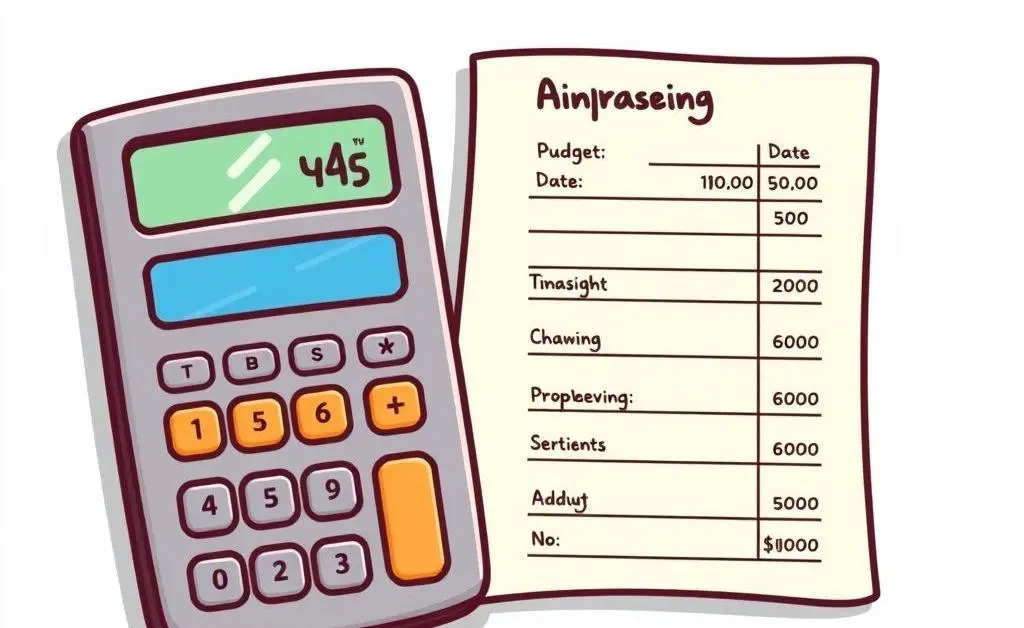Understanding Life Insurance: Making Informed Decisions
Discover how to choose life insurance that fits your needs and budget.

Choosing the right life insurance policy can feel like a daunting task, especially when you're faced with a plethora of options. Yet, understanding the basics doesn't have to be overwhelming. As someone who has navigated these waters, I'm here to break it down for you in simple and practical terms. Let's explore what life insurance is, why you might need it, and how to pick a policy that aligns with your goals and budget.
What is Life Insurance?
Life insurance is a contract between you and an insurance company. You pay regular premiums, and in return, the insurer promises to pay a designated beneficiary a sum of money upon your passing. The primary purpose is to provide financial security for your loved ones when you're no longer there to support them.
Why Do You Need It?
Life insurance can serve various purposes. For one, it's a safety net for your dependents, helping them cover living expenses, debts, and even educational costs. It's also a way to leave a legacy or a charitable donation. Simply put, it's an act of financial planning and love for those you care about the most.

Types of Life Insurance
The two main types are term life insurance and whole life insurance. Term life insurance covers you for a specified period—usually 10, 20, or 30 years. It's generally the more affordable option, ideal if you're looking for straightforward coverage.
Whole life insurance, on the other hand, offers coverage for your entire lifetime with a savings component that builds cash value. This policy is more expensive but can be worth it if you’re interested in the investment component.
How to Choose the Right Policy
- Assess Your Needs: Consider your financial obligations, the amount of coverage needed, and for how long.
- Set a Budget: Determine what premium amount fits your monthly budget.
- Compare Options: Use online tools or speak with a financial advisor to compare policies and insurers.
- Review Insurer's Reputation: Ensure the insurer is reputable and financially stable.

Benefits of Having Life Insurance
Besides providing financial security, life insurance can offer peace of mind, knowing your family’s future is secured. It allows flexibility in retirement planning and can even be a tool in estate planning.

Final Thoughts
Understanding and investing in the right life insurance policy is a critical step in your financial journey. With clarity in your needs and thorough research, you can find a policy that offers the protection and peace of mind you seek.
Do you have any stories about choosing life insurance or insights you'd like to share? I'd love to hear them in the comments below.




